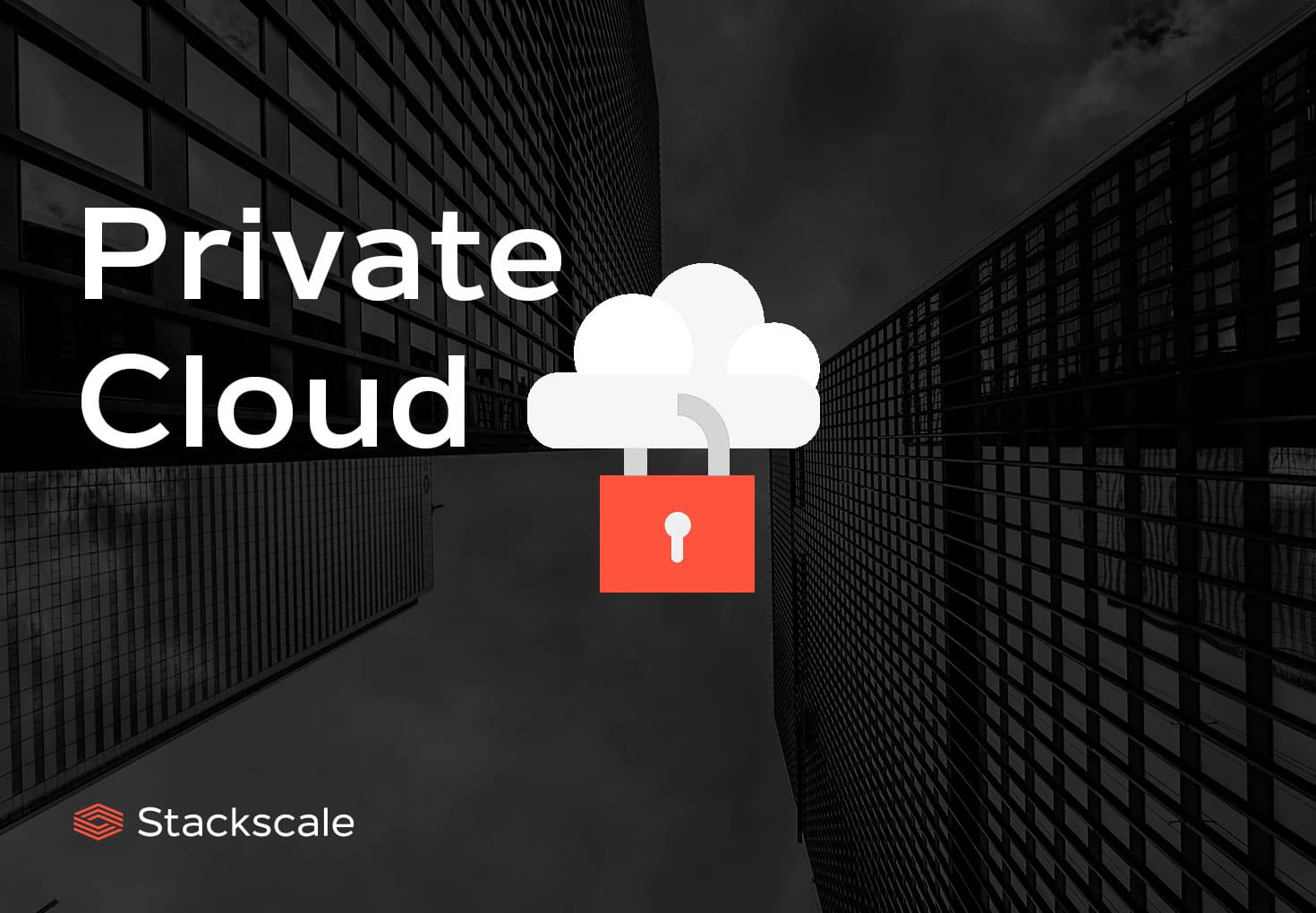Demystifying Cloud Services: Virtual Private Clouds
Cloud services have revolutionized the way businesses operate, offering unparalleled flexibility, scalability, and cost savings. Among the various cloud service models, Virtual Private Clouds (VPCs) stand out for their enhanced security, customization, and resource allocation capabilities. This article will delve into the Virtual Private Cloud definition, exploring its unique features and benefits.
Virtual Private Clouds: A Distinct Approach
Unlike traditional cloud services, Virtual Private Clouds (VPCs) offer a more secure, customizable, and resource-efficient environment for businesses. VPCs provide users with a private, isolated portion of a public cloud, allowing them to define their networking parameters, control access, and manage resources according to their specific needs.
VPCs enable organizations to create a virtual network topology that closely resembles a traditional on-premises network. This approach provides a higher level of control and security compared to traditional cloud services, where resources are shared among multiple users and tenants. By offering dedicated resources and network configurations, VPCs enable businesses to maintain the privacy and integrity of their data and applications while still benefiting from the scalability and cost savings of the cloud.
How to Set Up a Dependable Virtual Private Cloud
Setting up a Virtual Private Cloud (VPC) involves several steps and best practices to ensure a secure, efficient, and reliable environment. By following these guidelines, organizations can create a robust VPC tailored to their needs.
- Selecting a Provider: Choose a reputable cloud provider that offers VPC services, such as Amazon Web Services (AWS), Microsoft Azure, or Google Cloud Platform (GCP). Evaluate each provider’s offerings, pricing, and support to determine which is the best fit for your organization.
- Configuring Network and Security Settings: Design a virtual network topology that meets your organization’s requirements, including subnets, IP address ranges, and routing tables. Implement strong security measures, such as configuring firewall rules, enabling encryption, and setting up multi-factor authentication for accessing the VPC.
- Managing Resources: Monitor and optimize resource allocation within the VPC, including instances, storage, and load balancers. Utilize built-in tools and features provided by the cloud provider to automate scaling, backups, and updates. Regularly review resource usage and costs to ensure optimal performance and cost-effectiveness.
Key Components of a Robust Virtual Private Cloud
Virtual Private Clouds (VPCs) consist of several essential components that work together to provide a secure, customizable, and resource-efficient environment. Understanding these elements is crucial for managing and optimizing a VPC effectively.
- Subnets: Subnets are segments of a VPC’s IP address range that can be used to isolate resources and apply specific security policies. By dividing a VPC into smaller subnets, organizations can enhance security, simplify management, and optimize resource allocation.
- Route Tables: Route tables define the paths that network traffic takes within a VPC. They specify which subnets and resources can communicate with each other and how traffic is forwarded to external networks or the internet. Properly configuring route tables is essential for maintaining network performance and security.
- Network Access Control Lists (NACLs): NACLs are security rules that apply to a subnet level, controlling inbound and outbound traffic based on IP addresses, ports, and protocols. NACLs provide an additional layer of security, complementing VPC security groups and enhancing the overall defense strategy.
- Security Groups: Security groups act as virtual firewalls, controlling inbound and outbound traffic to and from VPC resources such as instances, load balancers, and databases. Security groups can be customized to allow or deny traffic based on specific rules, ensuring that only authorized access is granted.
Virtual Private Cloud vs. Traditional Networks: A Comparative Analysis
Virtual Private Clouds (VPCs) offer numerous advantages over traditional networks, making them an attractive choice for businesses seeking scalability, cost-effectiveness, and ease of management. By understanding the benefits of VPCs, organizations can make informed decisions about migrating their network infrastructure to the cloud.
- Scalability: VPCs provide near-unlimited scalability, allowing businesses to quickly and easily add or remove resources as needed. This flexibility is particularly beneficial for organizations with fluctuating resource demands, as it enables them to scale up or down without the need for significant capital investments.
- Cost-Effectiveness: VPCs offer a cost-effective alternative to traditional networks, as they eliminate the need for upfront investments in hardware, maintenance, and support. With a pay-as-you-go pricing model, businesses only pay for the resources they consume, reducing overall costs and improving budget predictability.
- Ease of Management: VPCs simplify network management by providing centralized control over resources, security policies, and network configurations. Built-in tools and automation features enable organizations to automate scaling, backups, and updates, reducing the administrative burden and minimizing the risk of human error.
Optimizing Resources in Your Virtual Private Cloud
Optimizing resource allocation within a Virtual Private Cloud (VPC) is crucial for maintaining high performance, minimizing costs, and ensuring a positive user experience. By implementing best practices and utilizing built-in features, organizations can efficiently manage their VPC resources and maximize their return on investment.
- Rightsizing Instances: Carefully evaluate the resource requirements of each VPC instance and select the appropriate instance type and size based on the workload. Regularly monitor instance performance and adjust as needed to ensure optimal resource utilization.
- Implementing Load Balancing: Distribute network traffic evenly across multiple instances or resources using load balancers. Load balancing improves application availability, reduces latency, and prevents individual instances from becoming overwhelmed during periods of high demand.
- Using Auto-Scaling Features: Configure VPC auto-scaling policies to automatically add or remove instances based on predefined triggers, such as CPU utilization or network traffic. Auto-scaling ensures that resources are always available to meet demand, while minimizing costs during periods of low usage.
Security Best Practices for Virtual Private Clouds
Virtual Private Clouds (VPCs) offer enhanced security features compared to traditional cloud services, but it’s essential to follow best practices to ensure the protection of sensitive data and applications. By implementing robust security measures, organizations can minimize the risk of unauthorized access, data breaches, and other threats.
- Configuring Firewall Rules: Establish firewall rules to control inbound and outbound traffic to VPC resources. Allow only necessary traffic based on specific IP addresses, ports, and protocols. Regularly review and update firewall rules to maintain a secure environment.
- Enabling Encryption: Use encryption to protect data in transit and at rest within the VPC. Implement encryption for communication between instances, databases, and other resources, as well as for data storage. Utilize encryption keys managed by a reputable key management service for added security.
- Monitoring for Threats and Intrusions: Implement intrusion detection and prevention systems to monitor VPC traffic for signs of malicious activity. Regularly review system logs and security alerts to identify potential threats and take appropriate action. Utilize automated tools and services to detect and respond to threats in real-time.
Virtual Private Cloud Use Cases and Success Stories
Virtual Private Clouds (VPCs) have proven to be invaluable tools for businesses across various industries and applications. By offering enhanced security, customization, and resource allocation, VPCs enable organizations to optimize their cloud infrastructure and achieve their goals more effectively.
Use Case 1: Secure Financial Transactions
Financial institutions rely on VPCs to process secure transactions and protect sensitive customer data. By isolating critical applications and databases within a VPC, organizations can ensure that their data remains private and inaccessible to unauthorized users.
Use Case 2: Healthcare Data Management
Healthcare providers leverage VPCs to manage and analyze large volumes of patient data while maintaining compliance with strict data privacy regulations, such as HIPAA. VPCs enable healthcare organizations to build secure, scalable, and cost-effective cloud infrastructures that support their mission-critical applications.
Use Case 3: E-commerce Platforms
E-commerce businesses utilize VPCs to handle spikes in traffic during peak shopping seasons, ensuring that their websites and applications remain available and responsive. VPCs enable e-commerce platforms to scale their resources up or down as needed, reducing costs and improving overall performance.
Success Story: Media Streaming Service
A prominent media streaming service adopted a VPC to manage its growing user base and content library. By implementing a VPC, the company was able to enhance its security measures, optimize resource allocation, and reduce costs, ultimately leading to improved user satisfaction and business growth.






